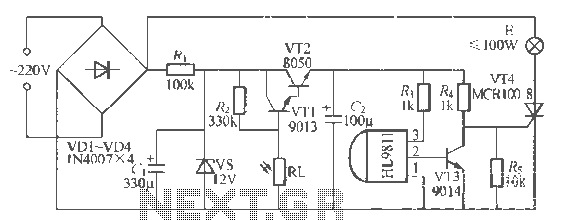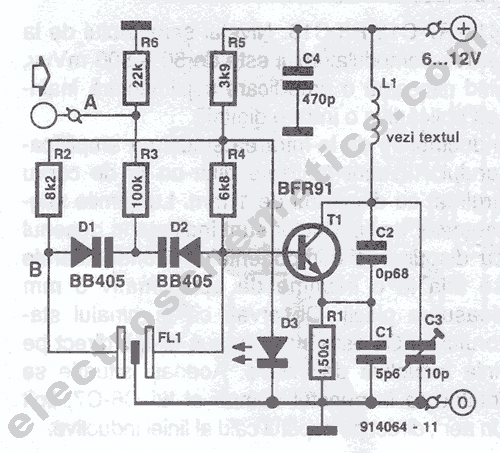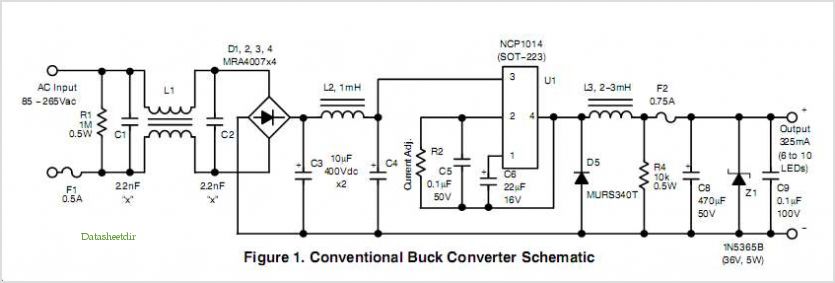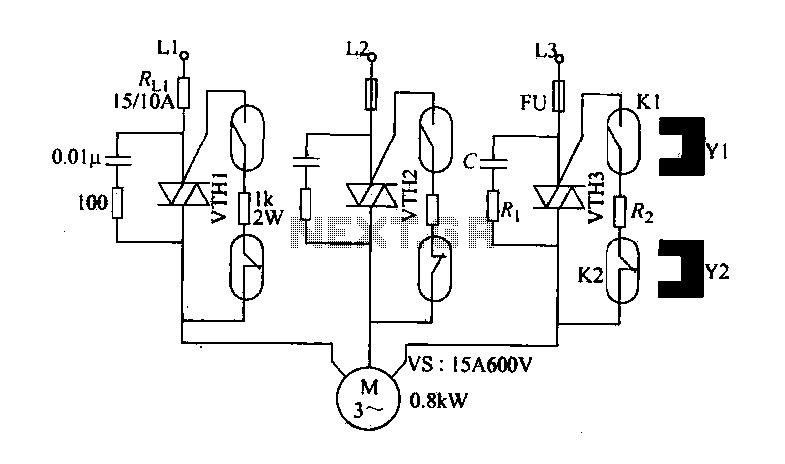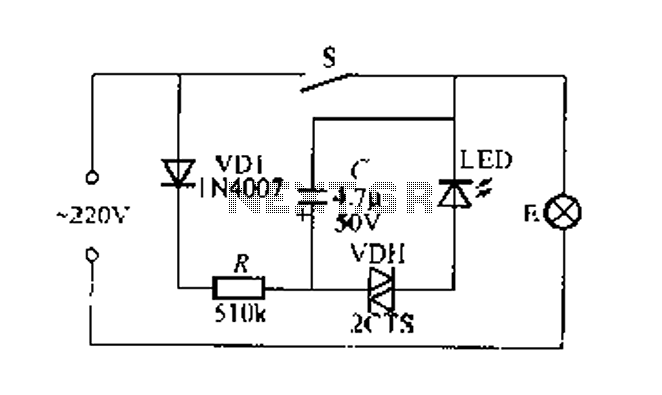
Simple Field Strength Meter Ii Circuit

This basic field-strength meter offers an affordable solution for monitoring an amateur radio or CB transmitter, as well as an antenna system, to ensure maximum output.
The field-strength meter is designed to measure the strength of radio frequency (RF) signals emitted by transmitters or received by antennas. Its primary function is to provide users with a visual indication of signal strength, which can be invaluable for optimizing the performance of radio equipment.
The circuit typically consists of a few key components: an RF detector, a meter (often a galvanometer or digital display), and a calibration mechanism. The RF detector converts the incoming RF energy into a proportional DC voltage, which is then displayed on the meter. The calibration mechanism allows users to adjust the meter reading to correspond to specific signal strengths, ensuring accurate measurements.
To enhance usability, the circuit may include a variable resistor or potentiometer, allowing for fine-tuning of the sensitivity. Additionally, incorporating a simple antenna, such as a dipole or monopole, can improve the meter's performance by ensuring it is properly tuned to the frequencies of interest.
For construction, a compact PCB (Printed Circuit Board) can be utilized to house the components, ensuring a neat arrangement and minimizing interference. The power supply for the meter can be sourced from a standard battery or an external power supply, depending on the design requirements.
Overall, this field-strength meter serves as a practical tool for amateur radio enthusiasts, enabling them to effectively monitor and optimize their transmission systems. This simple field-strength meter provides a cheap way to monitor an amateur radio or CD transmitter (or even an antenna system) for maximum output.
The field-strength meter is designed to measure the strength of radio frequency (RF) signals emitted by transmitters or received by antennas. Its primary function is to provide users with a visual indication of signal strength, which can be invaluable for optimizing the performance of radio equipment.
The circuit typically consists of a few key components: an RF detector, a meter (often a galvanometer or digital display), and a calibration mechanism. The RF detector converts the incoming RF energy into a proportional DC voltage, which is then displayed on the meter. The calibration mechanism allows users to adjust the meter reading to correspond to specific signal strengths, ensuring accurate measurements.
To enhance usability, the circuit may include a variable resistor or potentiometer, allowing for fine-tuning of the sensitivity. Additionally, incorporating a simple antenna, such as a dipole or monopole, can improve the meter's performance by ensuring it is properly tuned to the frequencies of interest.
For construction, a compact PCB (Printed Circuit Board) can be utilized to house the components, ensuring a neat arrangement and minimizing interference. The power supply for the meter can be sourced from a standard battery or an external power supply, depending on the design requirements.
Overall, this field-strength meter serves as a practical tool for amateur radio enthusiasts, enabling them to effectively monitor and optimize their transmission systems. This simple field-strength meter provides a cheap way to monitor an amateur radio or CD transmitter (or even an antenna system) for maximum output.
